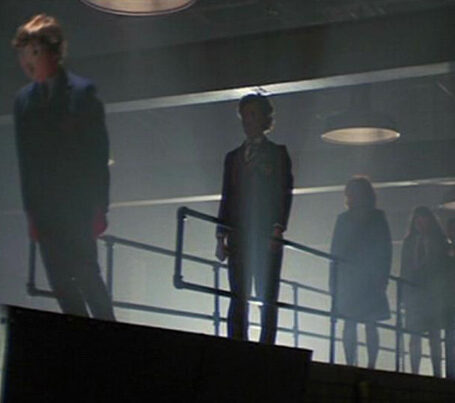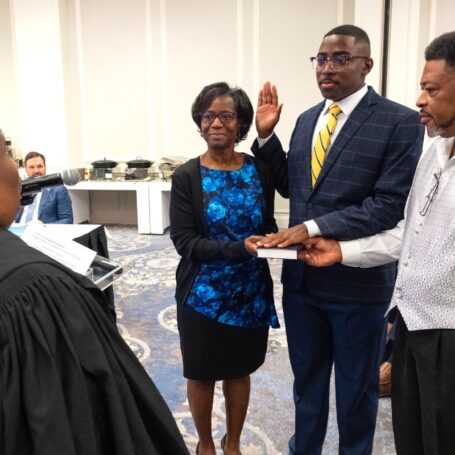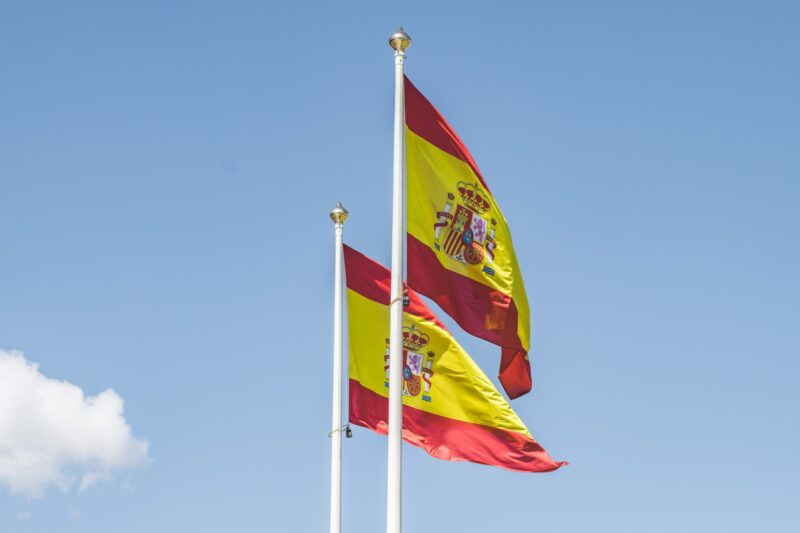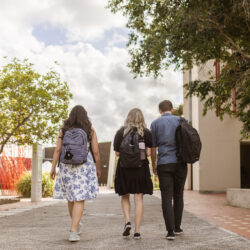 Higher Education Reform
Higher Education Reform Stop Fighting Wikipedia and Co-Opt it

Students in Finland gather for a mass session on editing Wikpedia. (Photo: Photo by: Teemu Perhiö/Flickr/CC BY-SA 2.0)
If you are familiar with the phrase “hidden curriculum” (referring to rules, norms and behaviors that are taught intentionally or not in nearly all classes), then the idea that Wikipedia is not a place to find “legitimate” information on a subject falls well within the purview of the term.
Most professors mention the website as “that place that you are not allowed to cite in your research papers.” This mini-lesson is hammered into the head of every freshman, sophomore, junior and senior.
Yet, Wikipedia remains a popular resource for both students and professors when they need immediate access to specific bits of information that fall outside of their areas of knowledge. Wikipedia is the sixth most accessed website in the world, and the only nonprofit site in the bunch.
In essence, we have a love-hate relationship with Wikipedia in higher education.

This article by Ellis Jones originally appeared at The Conversation, a Social Science Space partner site, under the title “Using Wikipedia: a scholar redraws academic lines by including it in his syllabus”
In my classes, however, I’ve been experimenting for the past six years with how we might move beyond this narrow, schizophrenic approach to one of the most popular educational resources online. And what I’ve found is that my students are excited by the idea of engaging with this part of the internet that is otherwise deemed “off-limits” in their courses.
I teach our required course in sociological theory – something, admittedly, most students dread. Students are not just reluctant to take a course they haven’t chosen, but they also suspect, and rightly so, that they’ll be delving though texts that are often hundreds of years old, written in jargon-heavy terms for other academics, and often translated from a foreign language into English.
To address, in part, this interest gap that most students arrive with, for the past five years I have been requiring each of them to “adopt” the Wikipedia page of a particular sociological theorist (such as Max Horkheimer).
Students adopt a Wikipedia page
First the students individually draw a card from a “deck of social theorists” I’ve constructed to reveal the name and photograph of the sociologist they’ll be researching for the project. While they’re welcome to exchange their card with someone else, or even draw again, I find that most stick with the one they’ve drawn originally.
Students then review their adopted theorist’s page and begin the process of upgrading the information in a way that reflects research practices that meet the standards of what we might consider acceptable in academia.
In other words, they proofread the text, correct citations, visit the college library in search of relevant books, dig through online academic databases, and piece together a puzzle of why we value these particular theorists and how their work allows us to reveal parts of the world that might otherwise remain hidden to us.
Students document their research process in a paper they turn in along with a “before” and “after” version of the theorist’s Wikipedia page with their changes highlighted in yellow.
In the process of this exercise students register on Wikipedia and begin applying what they’ve discovered in their research to editing these theorists’ pages. Eventually, they often end up in a virtual dialogue with the scholars from across the globe, who function as self-appointed caretakers of these same pages.
Not every change is accepted
Not every change is accepted by the “community of caretakers” and, indeed, some will be undone.
Corrections of minor errors are universally embraced, while the addition of major sections (such as a summary explanation of a particularly important concept or work) are occasionally rejected in part or in whole.
If my students think the change they are proposing is an important one, I often encourage them to engage others online in a dialogue in order to convince others to keep the change. Wikipedia allows contributors to comment on the reasoning behind each change they submit (under the “History” tab) as well as start an ongoing conversation about various aspects of the page (under the “Talk” tab).
More typically, these “caretakers” embrace the opportunity to further improve, clarify, and re-write what the students are proposing until the additional material is transformed into more definitive improvements, and as a consequence the page evolves.
For example, if a student notices that Georg Lukacs’ page is missing a section on his theory of “reification,” they may add a paragraph explaining its significance and practical use. While the paragraph is usually well-researched, it may not be particularly well-written, or it may include some misconceptions about the term that more senior scholars can see very clearly.
In this case one of the gatekeeper scholars will rewrite the paragraph in order to increase clarity and accuracy. The page will now include a thoughtful explanation of an important theory that was otherwise being overlooked.
Students see impact of their research
It is exciting for students to see how their research has an immediate impact on global Wikipedia readers. They receive quick feedback from others who share their interest in improving the quality of information available on a subject they care about, the field of sociology and how it is understood by the rest of the world.
And, along the way, they become better researchers, better writers, and maybe even better thinkers. Wikipedia adoption is easily one of the highlights of the course for most of them.
While the students are engaged in this work, we often have discussions in class about the strengths and weaknesses of Wikipedia.
We consider how to strategically utilize what it has to offer – a starting point for exploring a world of knowledge – while avoiding its many pitfalls.
We also take the opportunity to discuss what a radical model Wikipedia is proposing as it offers up the potential to democratize knowledge, expertise, and education.
But like all democracies, to achieve its full potential, it requires thoughtfully engaged citizens (or rather netizens) to contribute their own sense of what is important to a public sphere that will wither without them.
The experiment takes us out of the ivory tower
I find that this small but meaningful experiment allows students to combat their own occasional but not uncommon feelings of apathy, disengagement, and isolation. It also allows me to build another bridge between the walls of our own little ivory tower and people’s everyday, albeit online, lives.
This exercise is, in a sense, a way for students (and myself) to embrace a bit of idealism. They contribute time and energy to people they do not know in the hope that others will do the same, and with the greater goal of the whole world slowly but surely becoming better educated through a resource that is freely available to anyone with access to the Internet.
In this new age of information, we as academics need to redouble our efforts to reach out to communities, small and large, to reinvigorate public dialogue and to model to our students the behaviors we hope to see them adopt when they pursue their own careers.
Public sociologists, like myself, often feel a duty to both educate students about the variety of social problems that face us in the 21st century and to offer ways that students can participate in their resolution.
Wikipedia offers us more than just a straw man example of where the lazy student may turn when desperate for a quick source of information for a mediocre paper. Wikipedia gives us academics a way to engage the global public and to take responsibility for how our respective disciplines are seen in the eyes of the world.
It is also the case – at least from the experience of my class – that Wikipedia allows us to embrace new forms of teaching that will enhance the online skills students so desperately need to integrate with their own academic training.![]()






















































































